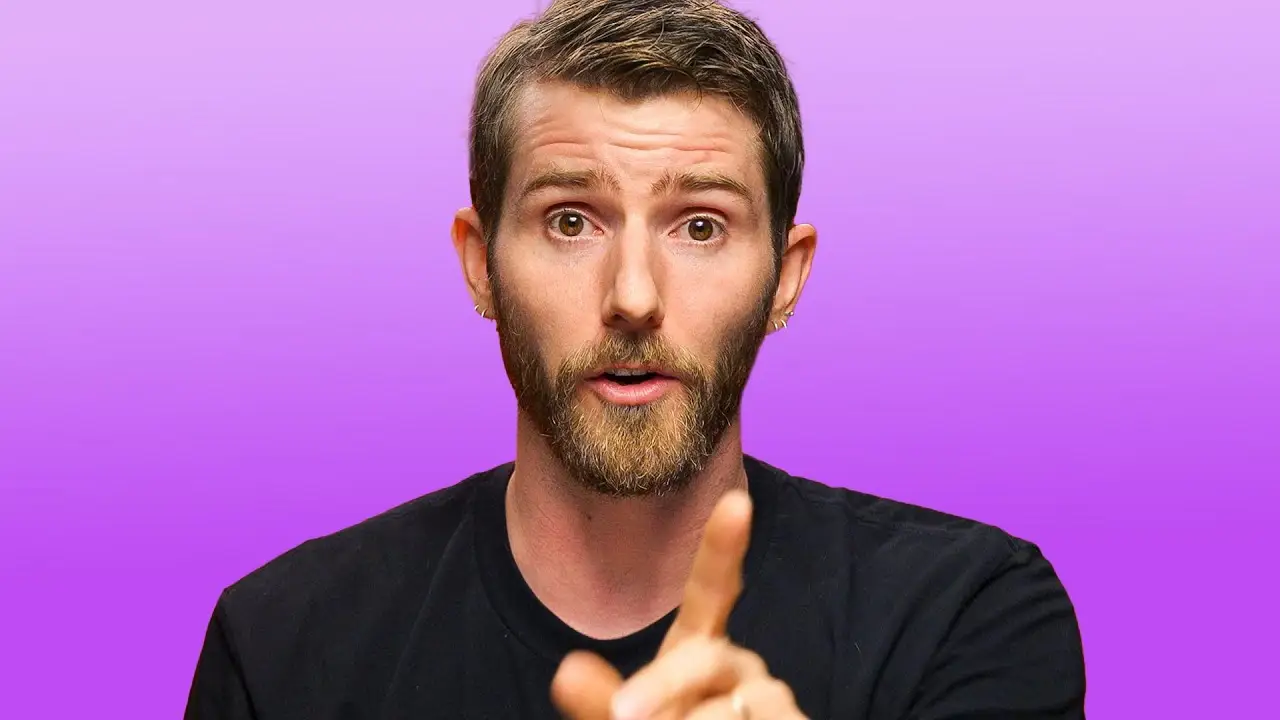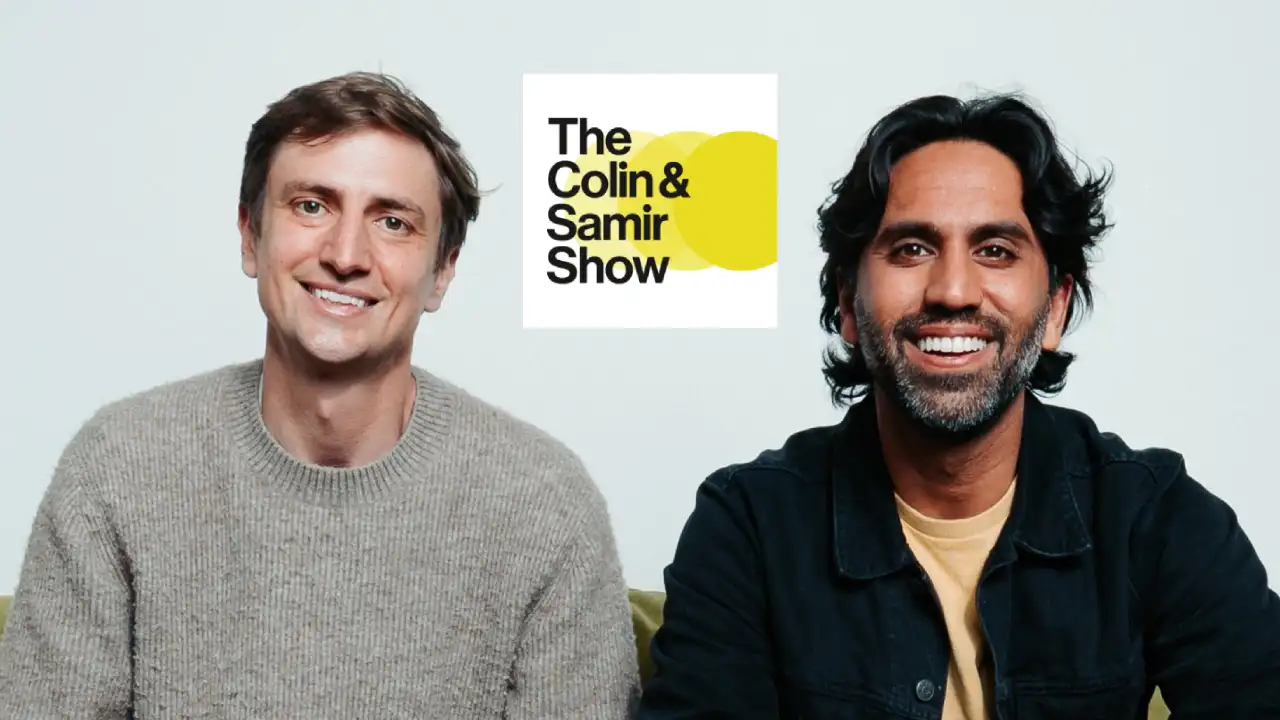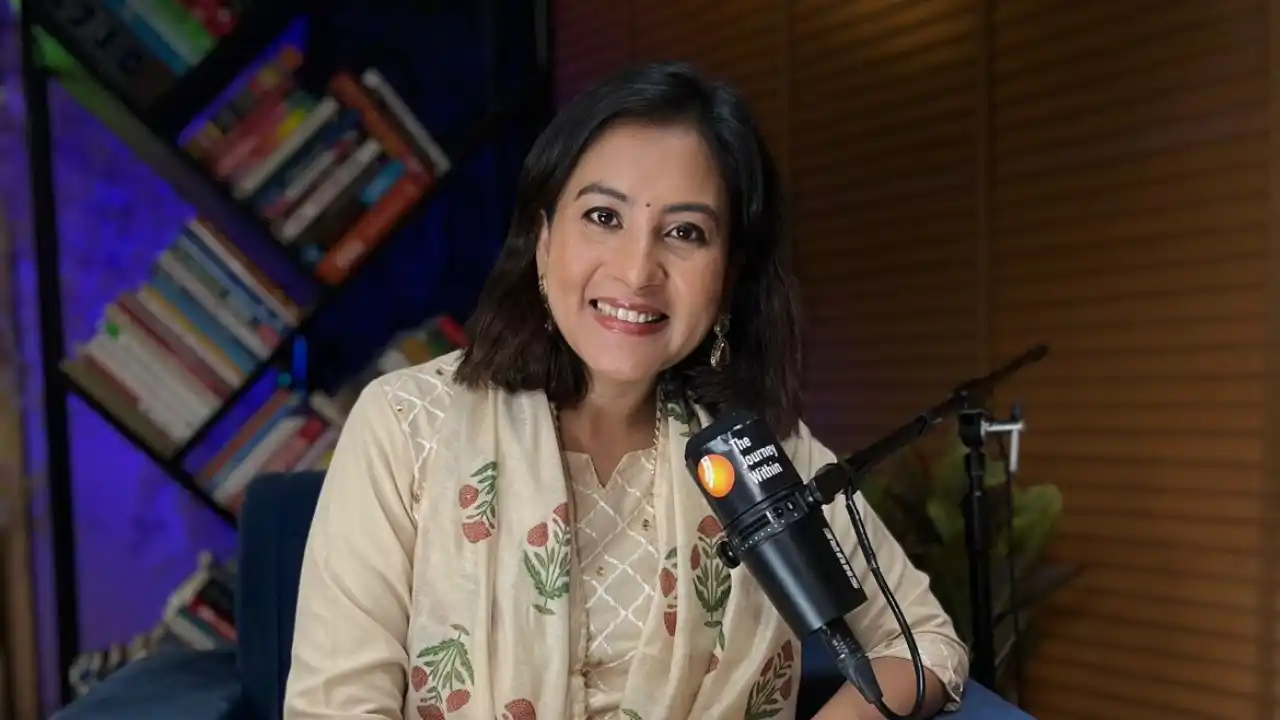Memes are a big part of the language of the Internet and social media, often comprised of some funny images, video clips, and terms that spark instant recognition of a shared emotion among the netizens.
You might be following some meme pages on Instagram and Facebook that post dozens of memes every day to make people laugh and mock certain things shown in the posts. But, do you know how they make money and what’s behind those memes?
Meme pages can earn anything from pocket change to luxury cars, exploring how niches, authenticity, and trends translate into real income.
A recent podcast on Ek Number by Fin One, a YouTube channel by AngelOne, hosted three professionals from the meme marketing world, and they revealed some crazy insights about the memes you see on social media.
The guests included Pratyush Raj, co-founder of an advertising agency called The Big Dumb Project; Yajjin Sharma, co-founder of Sociohub Media that manages the page comedyculture.in; and Monish Hardasani, ex-co-founder of MemeChat, who now heads TBD Media.
How Much Do Meme Pages Earn?
Some meme pages generate enough with one post to buy 4 to 5 iPhones, which translates to lakhs of money, while others can barely cover a phone recharge.
According to Yajan, revenue depends more on niche and audience trust than on mere follower count. Pages with 1 million followers can demand budgets equivalent to an iPhone, while larger pages might get less for the same task.
Why Cringe and Authenticity Are Gold?
The podcast guests agreed that cringe, once avoided, has become high-value content, especially in tier-two and tier-three cities. These areas, they say, are the real heart of India. Authentic, local, cringe-driven content resonates more than polished urban humour.
Monish credited this shift to platforms like Moj, which soared in popularity thanks to cringe-native content.
Yajan quipped, “The more eyeballs on you, it doesn’t matter whether it’s good or bad, any publicity is publicity.”
Influence, Trends, and Politics
Going Viral = Power: Meme page owners can make anyone famous or make trending content explode. Monish cited a viral paragliding video, and Pratyush recalled creating the “Friday guy” meme.
Celebrity & Political Strategy: The creators noted that celebrities and politicians use meme pages to build positive public images. But if things don’t go their way, they may push to silence or manipulate meme admins, a form of subtle extortion, as Yajan put it: “Don’t speak bad about me, and I’ll keep your page safe.”
Election-Time Play: During elections, meme pages often align with political parties, driving narratives in their favour and receiving payments in return. The highest bidder gains exclusive promotion rights.
Brands Damage Competitors: Even brands hire meme pages to tear down their rivals, using the format’s influence to shift public perception.
Meme pages are more than joke factories; they are thriving micro-businesses and cultural pulse-takers. Their power lies in niche authenticity, relatability, and the chaotic value of cringe.
In India’s digital landscape, the meme economy reflects deeper shifts in media, marketing, and social influence, proving that laughter has serious power behind the screen.





